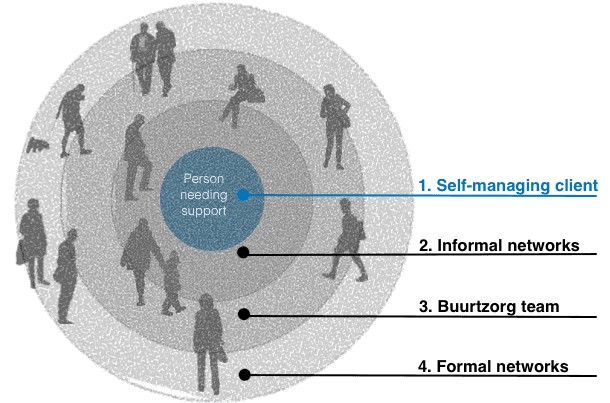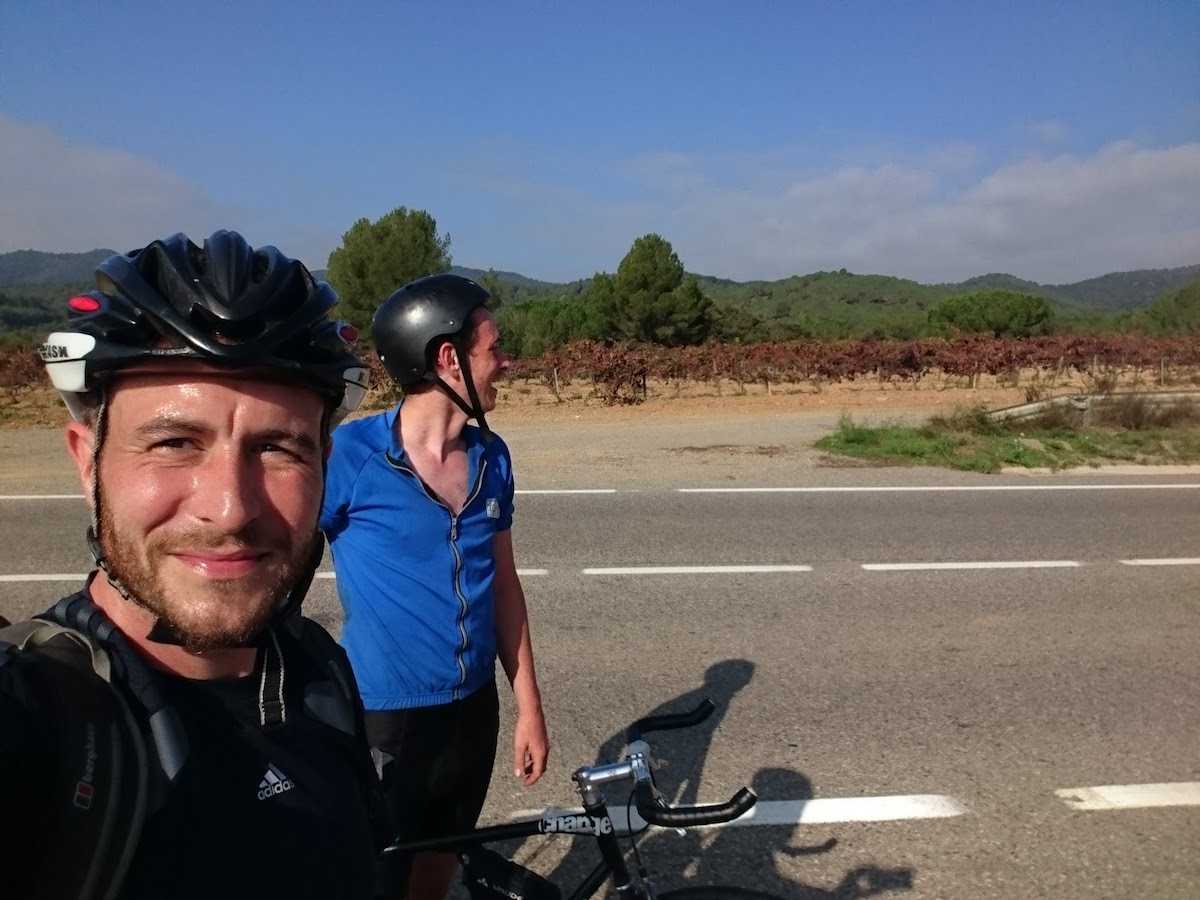#4 The Moonshot. Can we do this?

Note: This is the fourth post of the book after the introduction. If you’re new to the book, start with the introduction. Or visit the full table of contents.
Whether talking to academics in the field of sustainability and the circular economy or just friends, family and colleagues, the same questions come up time and again — is it actually possible to achieve this utopian dream? And they’re right to question, there are multiple complex problems to overcome. The assumption you make when you want to design purpose driven businesses for the benefit of wider society, is that other people want to too. To begin with you need CEO’s who actually give a damn beyond achieving bigger shareholder dividends, a profitable exit, increase in EBITDA or achieving these things within their own limited tenure to leapfrog into an even more high status and high paying role. That alone is a task. In business we’re all indoctrinated to think that those things are success right? You need a CEO that wants a greater legacy than increased profitability. Once you’ve found these unicorn CEOs, convincing them of the business case is not hard, they’re already there. On a long enough timeline, your business model is dead if you:
On a long enough timeline, your business model is dead if you:
- Treat your employees badly, give them no purpose or direction and talent leaves. Money is not an incentive when you’re talented and can go anywhere.
- Erode consumer confidence through bad business practice such as single use plastics or cheap overseas labour. Consumers aren’t stupid and information is widely available.
- Cause environmental ecosystem collapse and drain finite resources. They’re finite, that’s the point, you run out.
It’s good business to think long term sustainability. It means you survive. Still, not everyone thinks like this, short termism is rife, perhaps understandably. The instinct is first to keep growing so you don’t shrink, keep employees to keep morale, keep the lights on, keep food on the table. Fear is often what drives us. It’s why ‘innovation’ gets thrown out when times are tough, which has always struck me as ridiculous. For a start the term ‘innovation’ means something different to every person so is effectively meaningless, a better way to frame innovation is that it’s the future of the business. That people toss out the future of the business when the current way of working is obviously broke, I mean, that’s why you’re facing the tough times right? Mental. A good friend of ours is a partner in the recently launched and excellent Long Time Project, aimed at helping fix exactly this problem — getting people to care about the long term so that we take responsibility in the short term, check it out. Kindred spirits for sure.
Teal ain’t real baby
The above heading is stolen fyi, from these other kindred Corporate Rebels. It’s a great line and I hope they’re flattered with our homage (plagiarism). Back to problems… Once you’ve found a corporate and a CEO that gets the need for and actually wants to change — the next challenge is implementing it. The size of the global consultancy market was estimated at $250 billion before Covid-19. And as a sweeping generalisation consultancy is either MASSIVE TRANSFORMATIONAL CHANGE! Or Innovation. I.e. redesign the old or build something new. Anyone who’s worked in consulting knows the big money is in the redesign of the old because it’s hard, it takes time and therefore is costly. Consultants love that. And these projects are often doomed to fail, meaning you have to go back and try again.
I’m not claiming they fail based on the debunked “70% of change initiatives fail” stat, which has been proven to have no empirical evidence to back it up, but based on the fact that many, many research papers have estimated, guesstimated perhaps (it seems there’s quite a lot a vaguity on success rates for an industry based on KPIs and success rates) that anything between 40-80% of change programmes fail. These broad bandings and that I’ve both been on the inside driving change and on the outside designing change, have shown me change often fails. Fact. As to the reasons why, that comes later in the book :)
“Facts are stubborn things, but statistics are pliable”
— Mark Twain
If you say, conservatively 70% of the consultancy market is in redesigning the old (because much less is invested in innovation as it’s seen as scary and new, rather than being a necessary future evolution) 70% of $250 billion is a cool $175 billion. So a lower end 40% estimate of that $175 billion as failed change has a price tag of $70 billion (other statistics are available). Hmm. Maybe slinging massive corporate consultancies at massive bureaucratic organisations and expecting them to sort shit out isn’t the way, maybe some new thinking would help perhaps. Possibly. On a related tangential note, here’s how many billions the UK Gov are racking up in the deficit. Much of it on failed consultancy (track and trace anyone?).

This is a gif — for realtime figures checkout nationaldebtclock.co.uk
So what new thinking is there? Well, there are those that think teal is the answer. What’s teal? Teal is a state of organisational design that many feel is the utopia we seek, the antidote to the Victorian workhouse ethics of many corporate structures. Teal uses a design system that puts ideas like purpose, autonomy and wholeness at the heart of organisational structures. But is it achievable?
Hey you Mr Laloux
Frederic Laloux is seen as a pioneer of new thinking in designing change. On the publication of his book reinventing organisations and with his description of the evolution of organisational structures over time (‘teal’ being the most evolved we should aspire to) — he got a bit of a cult following. If you checked out the introduction to The False Economy, you might’ve seen the video introduction to his model already:
Laloux holds up several profitable, successful organisations as ‘teal’ to showcase that it can be done, you can have capitalism another way. If you check-out the video above, you see that teal organizations have the “breakthrough” traits of: “evolutionary purpose”, “self-management” and “wholeness”.
The Corporate Rebels I mentioned earlier rightly pointed out that the organisations held up as teal, for instance the American outdoor clothing brand Patagonia — did not showcase all of these breakthrough traits.
“The American clothing company Patagonia is a strongly purpose-driven organization. But it is not self-managed at all. Indeed, Patagonia uses the hierarchical pyramid structure typical of traditional organizations. Such important nuance seems to be lost in the entire teal debate.”
— Corporate Rebel bants
It became a mini ‘rap battle’ of the radicals with Laloux responding to the Corporate Rebelers. Originally posted as a comment on the Corporate Rebels blog, you can read a summary here if you like.
The idea that Patagonia has a hierarchical structure should not in any way prevent organisations from aspiring to achieve that which they have, far from it, it’s encouraging. It shows that change doesn’t have to be so revolutionary, so wholesale for it to be of huge importance and effect. If all businesses had the mission and ethic of Patagonia we’d be in a much better world, that’s for sure.
Another organisation that is genuinely self managing and most definitely a pioneer, is Buurtzorg. Buurtzorg is a Dutch community healthcare organization with over 10,000 professional nurses. A team of 12 work across one neighbourhood (if the team grows beyond this, they’ll splinter and create a new cell). The team decide how they organise the work, share responsibilities and make decisions, through word of mouth and referrals the team build-up a caseload. Buurtzorg’s model is truly user centred in design and based around the self managing client.

In 2016 I met Jos De Blok, the CEO and co-founder of Buurtzorg and over half an hour had the opportunity to ask how he developed the business. Of the many questions I scattergunned at him, a couple of his answers really stuck with me (I’m gonna paraphrase, because it was a while ago and I’m working from memory):
Q. What technology do you use with autonomous teams when market tech’ — everything from CRM and accounting typically supports traditional hierarchical and micro managing organisations?
Jos said that they had to develop their own technologies, because they weren’t being serviced by the market. This wasn’t surprising on reflection, if you’ve ever worked in user centred design you know the solution fits the user need, not vice versa. It’s why parachuting in large proprietary platforms into corporate usually means slow adoption, sometimes rejection and massive onboarding and training costs. There was no viable solution for Jos and his team so Buurtzorg built one around their needs. As I understand it, it’s now a pretty big revenue generator for them selling on their own tech to other progressive companies. This thinking has inspired our thinking at Po3 and the product side of the business. As we uncover common problems in business design, we want to automate and facilitate with technology where we can, to free up time and energy to get shit done while sustaining the business financially.
Q. What do you do as CEO when your business is self managing?
Again, Jos’ answer made total sense — Jos was an accessible mentor for anyone that needed it and a figurehead to get out there and tell people about the model. The more people that knew about it, the more good he was doing, he simply got the word out to create momentum and bring people closer to the cause. Fucking A. Totally aligned Jos, totally.
Takeaways from teal
Just as with Agile, just as with UCD (user centred design) Teal is a set of guiding principles. The more dogmatic and rigid you become in applying them, the less success you’ll have in achieving the intended outcome. They’re for guidance, they’re a mindset. Every business has its own unique product, it’s own nuanced needs, its own people and culture. You can’t have a one size fits all framework. Don’t be dogmatic, don’t think you know the solution it goes against the grain.
The two examples of Patagonia and Buurtzorg are massively pertinent to what we’re doing at Po3. Not just because myself and Phil who founded the business are climbers and love an adventure (me and Phil cycled Spain coast to coast a while back, it was lovely, we bonded) or that I interviewed Jos De Blok — but they pull out two (I so wish it were three) key tenets of our model for business design; defining purpose and creating autonomy (third being building intelligence, I probably could have crowbarred something in there). More on the model later, what is interesting to see in the cases of both Patagonia and Buurtzorg is that individually, purpose in the case of Patagonia and autonomy in the case of the Buurtzorg model — each have significant positive impact on business success. You don’t have to shoot for the moon, you don’t have to have everything. Every successful step towards improving the way you design your business is a move towards a profitable, sustainable business.

Me and Phil — somewhere East of Pamplona?!
Key takeaway for me is that yes, we can do this. We don’t need utopia, we don’t always need complete reform — we just need to be better and that’s doable. You just gotta get on.
“Even if you’re on the right track, you’ll get run over if you just sit there”
— Will Rogers
This is #TheFalseEconomy
If you want to talk about and explore anything we’ve said, get in touch, we’d love to hear from you because it makes us better.
Sign up for purpose
We're writing a book, a 'how-to' for the design and delivery of purpose driven, successful businesses.
Then we're giving it away, so anyone can use it.
